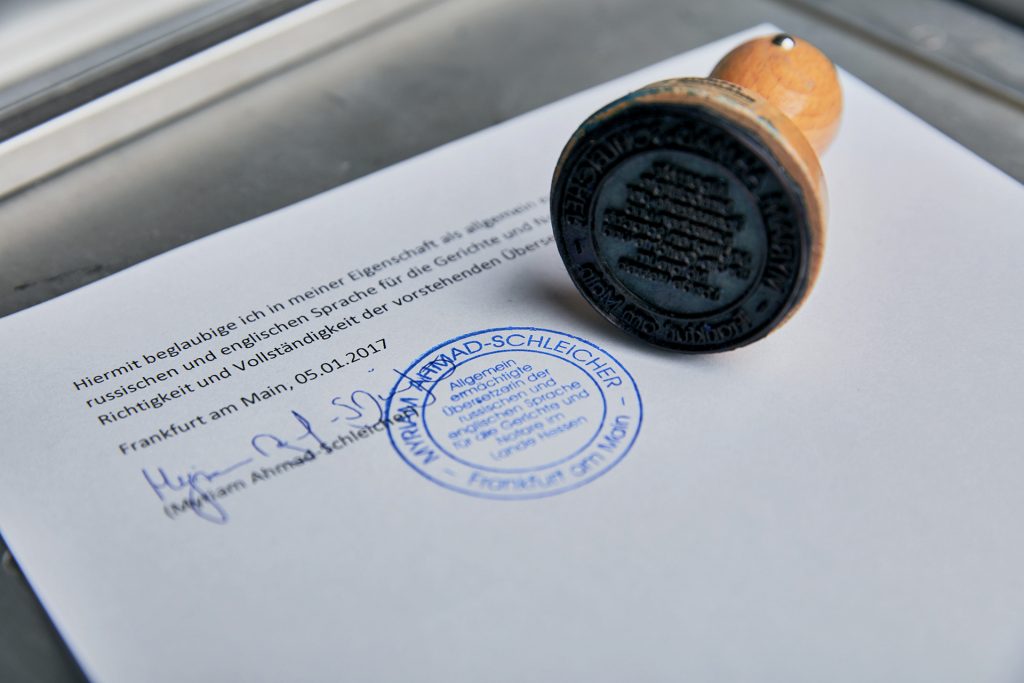The name “shushutazh” at first glance seems frivolous and funny. In fact, this is quite a serious kind of oral translation filipino to english, which not every translator owns. The term comes from the French “chuchotage” and means “whispering”.
How do specialists work in the whispering technique? Most often it resembles simultaneous translation without special equipment. The interpreter takes a seat next to the person for whom he will be interpreting. During the speaker’s speech, he, without waiting for pauses and stops in his speech, quietly whispers the translation of what he heard into the ear of his client. The interpreter listens and speaks almost simultaneously. At the same time, he remembers the spoken details of the speech, manages to mentally select adequate phrases for them in another language and reproduces them aloud.
The technician does not require special training, but the specialist must have outstanding professional qualities. First of all, it is stress resistance, lightning-fast reaction, competent speech, excellent knowledge of the language and the topic of translation. Important for success are also pleasant individual qualities of a person – a well-placed, clear voice, an appearance that matches the situation.
The complexity of the whispering method lies in the fact that, unlike the usual simultaneous translation, the specialist is not placed in an isolated booth, but directly among the participants of the event. Concentrating in an atmosphere where there is even a slight but constant noise is much more difficult. The interpreter must not allow himself to be distracted by any extraneous factors, as this may cause him to lose control of the direction of the speaker’s thought. In order to translate speech as accurately as possible, the specialist is forced to be in tension all the time.
This technique is not often used. It is appropriate in cases where the meeting meets the following conditions:
a small number of participants in the event
one foreign language is used
one or two people do not speak the majority language
the meeting is not too long
Most suitable for whispering technique are court hearings, presentations, business meetings and negotiations, conferences. Whispering is also used when organizing excursions for guests, business lunches or dinners. That is, those events where individual speeches are not too long, and the whisper of the interpreter does not interfere with the speakers. If the event is long, several interpreters are invited to it, who periodically replace each other.
The advantage of using the whispering technique, unlike other types of interpreting, is that with it:
no special technical devices are required – microphones, headphones, booths, as in simultaneous translation;
no time is wasted providing speech to the interpreter, as in sequential interpreting.
In the mode of simultaneous translation and in the technique of whispering, events of various topics are held – from simple secular conversations during business dinners to serious discussions in the financial and banking sector, and jurisprudence.
To master this technique, you first need to become a very strong interpreter. The specialist should easily work with texts of medium complexity. Translate them both from your native language and into your native language. It is important to have a rich vocabulary and fluently, and at the same time competently, express yourself in a foreign language.
At the same time, you need to work on psychological barriers. They inevitably arise at first. To develop and strengthen your skills, you need to prepare for each translation – study texts, repeat terminology. You should choose a well-known topic.
There are special courses for training such specialists. However, the best way to master the technique is constant practice.



